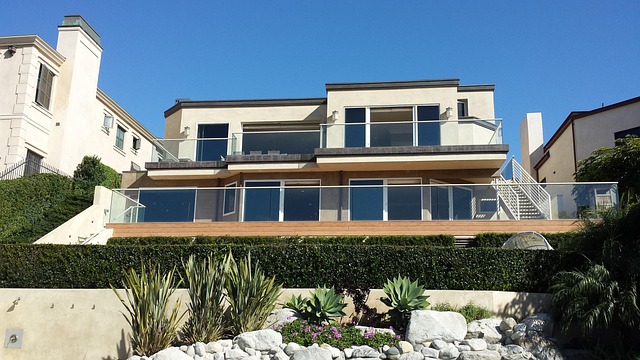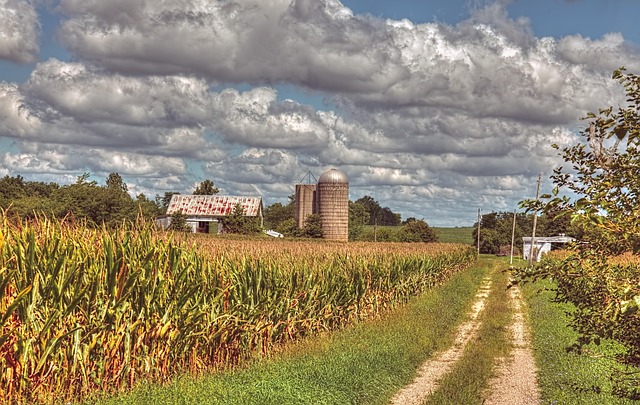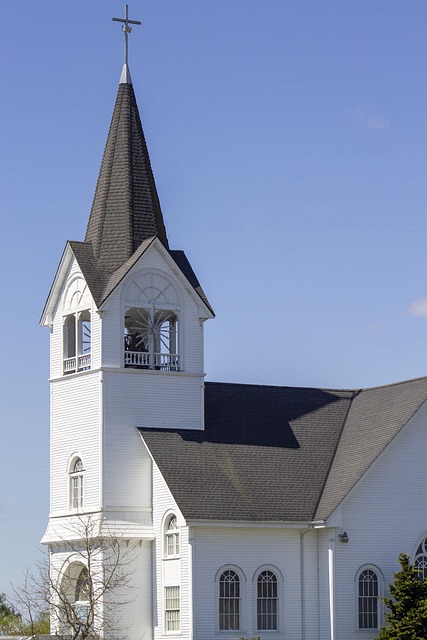The real estate market drives economic growth in the state due to urbanization and population expansion, leading to substantial investments and dynamic construction. Prime locations and vibrant cities attract investors while suburbs offer affordable options with urban accessibility, fostering a balanced economy. Commercial properties are catalysts for economic vibrancy, enhancing infrastructure and stimulating local employment. Residential development, aided by significant advancements, attracts individuals and families, boosting local businesses, communities, and living standards, thereby fueling economic vitality.
In the dynamic landscape of economic growth, states often find their momentum driven by a powerful force—the real estate market. This article delves into the intricate ways in which this sector is shaping the prosperity of a thriving state. From bustling commercial properties to booming residential developments, we explore how these pillars contribute to the state’s economy. Uncovering the latest trends and insights, this piece highlights the significance of real estate as a key driver of state-level economic growth and development.
Real Estate Market Trends Shaping State Economy

The real estate market has emerged as a significant driver of state economic growth, with trends indicating a robust and dynamic sector. Increasing urbanization and population growth have led to heightened demand for housing, commercial spaces, and retail areas across various regions within the state. This surge in demand has sparked substantial investments in the real estate industry, fostering construction projects that cater to modern living and business needs.
Trends reveal a diverse landscape, with prime locations experiencing high property values and rapid development. The state’s vibrant cities have become magnets for investors, attracting capital that fuels economic expansion. Meanwhile, suburban areas also witness significant growth, as they offer more affordable options without compromising accessibility to urban amenities. This balanced approach contributes to a thriving economy, where the real estate market plays a pivotal role in shaping the state’s overall prosperity and attracting businesses seeking strategic locations.
The Role of Commercial Properties in Growth

The growth and vibrancy of a state often mirror its robust real estate market, particularly when it comes to commercial properties. These properties serve as the backbone of any thriving economy by facilitating trade, innovation, and job creation. From modern office spaces that house multinational corporations to retail malls and industrial warehouses supporting local businesses, commercial real estate plays a pivotal role in driving economic growth.
Investments in commercial real estate not only contribute to the development of infrastructure but also stimulate local employment. As businesses expand or establish new operations, they create a ripple effect, generating demand for services, goods, and housing. This dynamic creates a positive feedback loop where increased economic activity directly impacts various sectors, fostering further state growth.
Residential Development: A Key Driver of State Prosperity

Residential development plays a pivotal role in propelling state growth and solidifying its position as an economic powerhouse. The real estate sector, a cornerstone of this phenomenon, has witnessed significant strides in recent years, with robust construction projects transforming landscapes across the region. This surge in residential infrastructure not only caters to the burgeoning population but also attracts diverse investments, fostering a thriving economy.
The impact is multifaceted; well-planned neighborhoods stimulate local businesses, enhance community engagement, and contribute to a higher standard of living. As more individuals and families are drawn to these vibrant areas, the state’s overall attractiveness increases, further driving economic vitality through consumer spending, job creation, and enhanced tax revenues.






